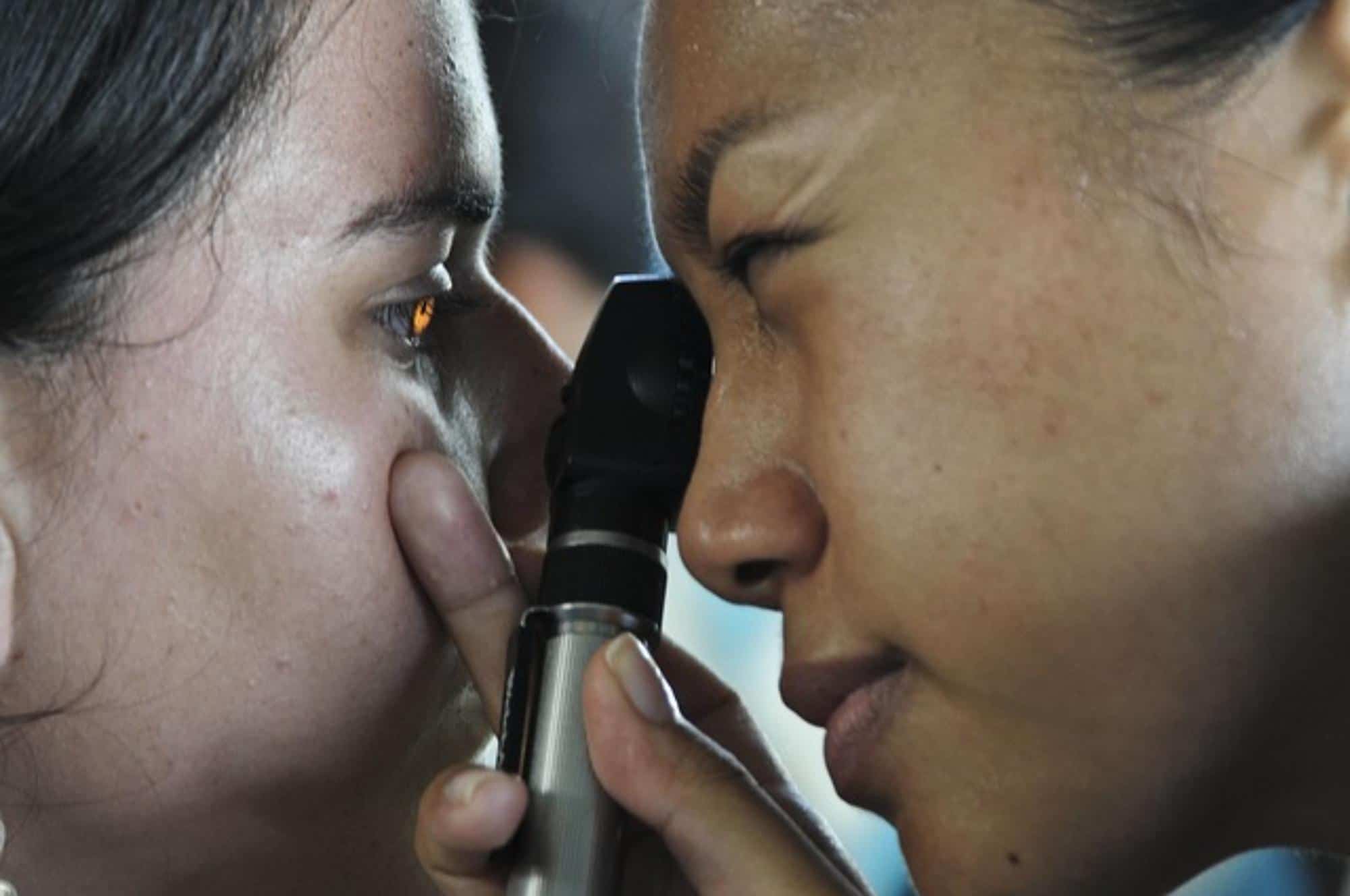Early Detection Is Important To Help Prevent Glaucoma From Stealing Your Senior Loved One’s Eyesight
Are you having difficulty helping your senior loved one understand glaucoma? Do they brush off your concerns when you mention their eyesight? Pegasus senior care experts in Pacoima and elsewhere have collected the facts to assist you in preserving their vision.
Images from an individual’s eyes are transmitted to their brain by the optic nerve. It is located behind the eyeball.
The eyeball contains a liquid called the vitreous fluid. The vitreous fluid keeps the eyeball round. Several types of vision problems occur if the vitreous fluid increases in pressure.
Pressure Within The Eyeball Causes Glaucoma
Pressure in the fluid damages the optic nerve. Cells in the optic nerve die when it is damaged. The death of the cells leads to a kind of vision loss known as glaucoma.
Although high eye pressure is the most common cause, the optic nerve can be damaged by other factors. Some have to do with the structure of the eye. Others result from impaired blood flow.
Some individuals develop glaucoma even though their eye pressure is within normal range. Medical science has yet to discover the reason why.
Regardless of the cause, glaucoma is one of the leading causes of blindness. By the time most glaucoma is discovered, the individual has irreversible damage.
Risk Factors Include Age
Millions of individuals have glaucoma. Far too many are unaware of it until it’s too late to save their vision. Risk factors include:
- Age – although glaucoma can affect everyone, including babies, it occurs most often in individuals that are 60-years-old and older.
- Genetics – if one family member has glaucoma, other members have an increased risk.
- Health – the risk increases if the individual has diabetes, heart disease, or hypertension.
- Race – the risk for African-Americans is higher once they turn 40 years old. 60-year-old Hispanics have a higher risk than Caucasians of the same age.
Other risk factors include eye injuries, medications, or eye diseases. Extreme nearsightedness can also cause glaucoma.
Your senior loved one may want to attribute their declining vision to old age. They mistakenly believe nothing can be done about it. An eye exam will determine the cause of vision loss so that appropriate treatment can be started.
Eye Exams Are Essential
Routine eye exams provide early detection of glaucoma. The optometrist or ophthalmologist measures eye pressure. If it’s high, then treatment to reduce it can prevent further damage.
At a minimum, you and your loved ones should have an eye exam every two years. Experts advise annual exams when a risk factor is present. Any vision loss due to glaucoma cannot be regained.
The specific tests for glaucoma include:
- Tonometry – a device directs a slight puff of air at the front of the eye. That allows the device to measure eye pressure.
- Pachymetry – drops are placed in the eye to numb it. Then the outer part of the eye is touched with a device that measures the thickness of the cornea. A thin cornea is a glaucoma risk factor.
- Perimetry – measures peripheral vision. Loss of peripheral vision is an early symptom of glaucoma.
- Dilation – drops to widen the pupils and allow the doctor to check the optic nerve for damage.
- Gonioscopy – drops first numb and dilate the eyes. The doctor then places a device on the eye to look inside it for anatomical damage or abnormalities.
The tests are painless. The drops make bright light uncomfortable for a few hours afterward. You or your Pegasus caregiver will need to drive your senior loved one home.
The vitreous fluid and other fluids flow through eyes and drain. Drainage is through an angled section of eye anatomy. Pressure results when too much fluid is produced or the rate of drainage is slowed.
The two primary types are glaucoma are named for drainage abnormalities. They are open-angle glaucoma and angle-closure glaucoma.
Open-angle glaucoma is the most common type. The eye tissues that control drainage slowly become blocked. That stops the passage of fluids.
As fluids accumulate, eye pressure increases. As it’s a slow and painless process, individuals are unaware of the damage it is wreaking. The earliest symptoms are blind spots and increasing tunnel vision.
Angle-closure glaucoma results from swelling within the eye that blocks drainage. Depending on what caused the swelling, eye pressure may increase suddenly (acute) or gradually (chronic).
Acute angle-closure glaucoma is a medical emergency. Seek professional attention immediately if your senior loved one experiences a combination of:
- Blurred vision
- Halos
- Headache
- Eye pain
- Nausea or vomiting
- Red eyes
The eye pressure needs to be reduced as quickly as possible.
Although glaucoma cannot be cured, treatment can slow the progression of the disease. Treatment usually starts with prescription eye drops. Oral medications are the next step.
The drops and medications have side effects. Finding the best remedies may require experimentation. For some individuals, laser therapy and surgical procedures are the only effective treatments.
Pegasus is a licensed Home Care Organization and a Joint Commission Accredited Home Health Care organization. Our senior care services in Pacoima and our other locations include assisting vision-impaired individuals. We can help your senior loved one live safely and independently at home.

